Recently we had the great pleasure to talk to Seiji Kishi, an acclaimed director responsible for works such as Angel Beats, Tsuki ga Kirei and Danganronpa: The Animation.
This interview was conducted jointly between us and TMSIDR from kyoani.de at last year’s Connichi in Kassel in September 2018. We would like to thank the Connichi team for offering us this opportunity and Jasmin Dose who interpreted for us.
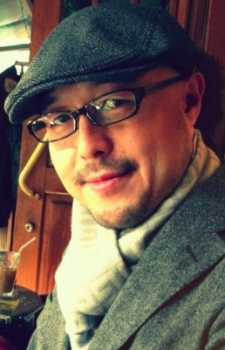
Picture source
TMSIDR: While researching, I noticed that you were a director in the first Danganronpa anime, in Danganronpa 3 you were chief director, and in another series you also served as a supervisor. How do these positions differ from each other?
Kishi: As a director you have to hold many meetings and meet the employees as often as possible. The chief director gives instructions to the other directors and oversees the whole project. The director makes sure that everyone is looking in the same creative direction and that the work is moving in the right direction. As chief director I have less direct contact with the staff. But that also depends a bit on the particular project, how it works out in detail.
Tabimonogatari: You have often worked on original works that are not based on an existing material, such as Tsuki ga kirei, which was released recently, and I was wondering how far you were involved in the planning phase and how much influence you had on defining the characters or the story in pre-production.
Kishi: In fact, I have a lot of influence in original works. To stick with Tsuki ga kirei as an example, the team essentially consisted of the three main contributors, the director, the producer and the scriptwriter. These three staff members communicate a lot with each other and hold meetings, meaning that I have a great influence as a director. However, this may vary depending on the project, but in the case of original works it is generally true that I, as a director, have a very clear influence.
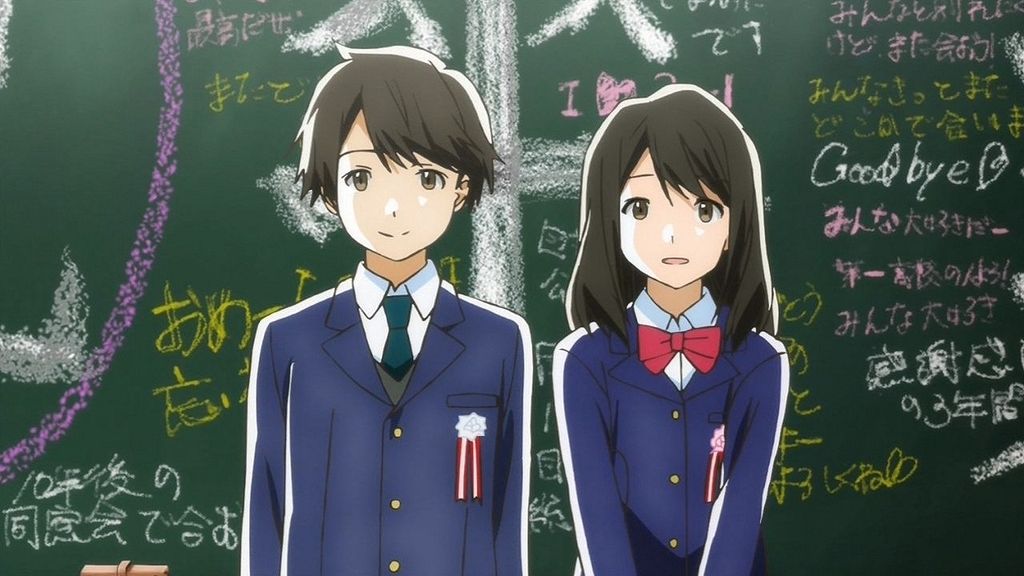
TMSIDR: One of your current projects [Kengan Ashura] is an anime produced for Netflix and I would like to know if there are differences to traditional TV series that are primarily produced directly for the Japanese market, while the international market is an afterthought. Is more emphasis put on the international market in case of a Netflix production? If that is the case, does the mindset go more into the direction what might interest the international fans more, what would be better for their understanding? Is the approach different when the target audience could be a bit bigger?
Kishi: You are probably referring to Kengan Ashura. In fact, from the outset the target audience was an international one, because Kengan Ashura is about battles and martial arts. That work would have no chance in Japan, that would not fly. In other words, during production, we set our business focus on the world, on the international fans, because with the Japanese market alone the project would not have come about. At the beginning of the production Netflix was not yet involved and yet Kengan Ashura was directed from the outset to the foreign audience. Afterwards Netflix joined.
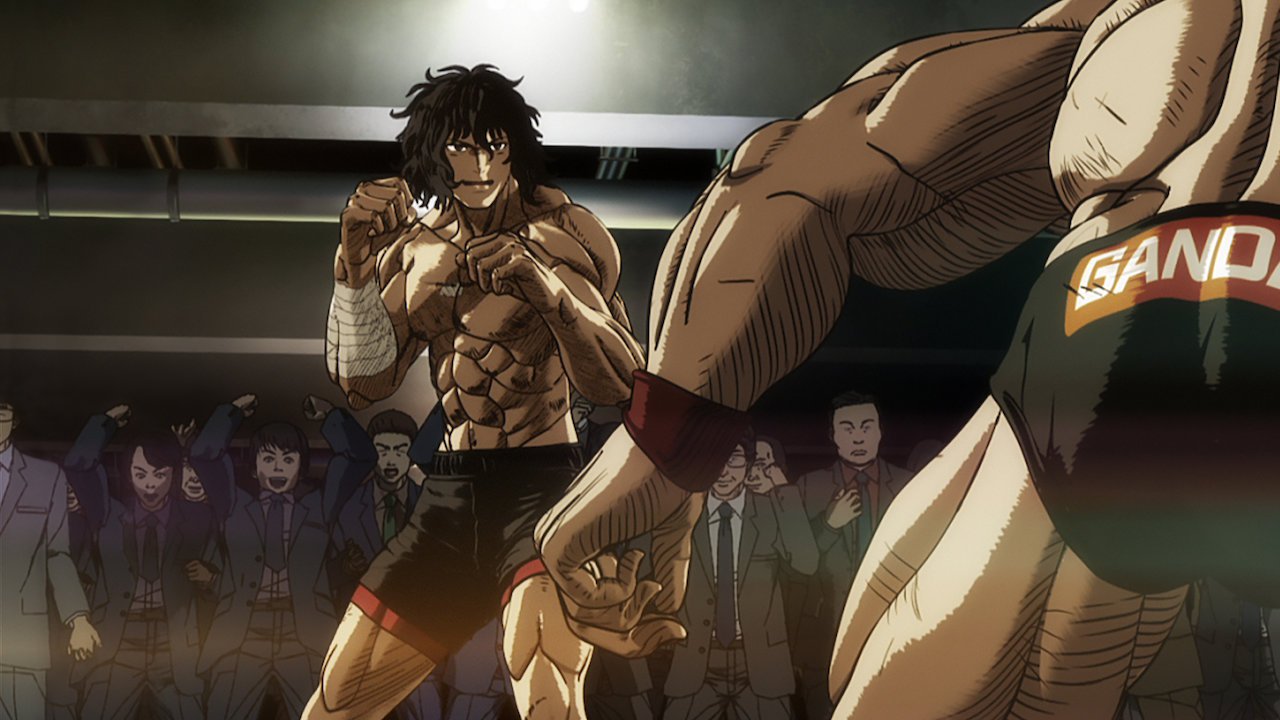
Tabimonogatari: Anime are often produced as a promotion for the work on which they are based on, be it a game, a visual novel, a light novel, or a book. Firstly, do you agree with this statement? And if you are adapting a novel etc., is it more important for you to reproduce it as faithfully as possible, or are you trying to interpret something new and bring out new concepts in the anime?
Kishi: Yes, so basically I agree that the original work should be advertised. And yes, it is actually the latter. I always try to go beyond the scope of the original, otherwise it makes no sense to make a moving picture. Otherwise it is enough to read the manga or the light novel. It must be somehow recognizable that it made sense that this has become a moving image. As I said, this varies from from project to project. For example, if the commercial aspect is more in the foreground than the work or the director itself, then it may be that it is more important to adapt the original as close as possible than to add something to the moving image.
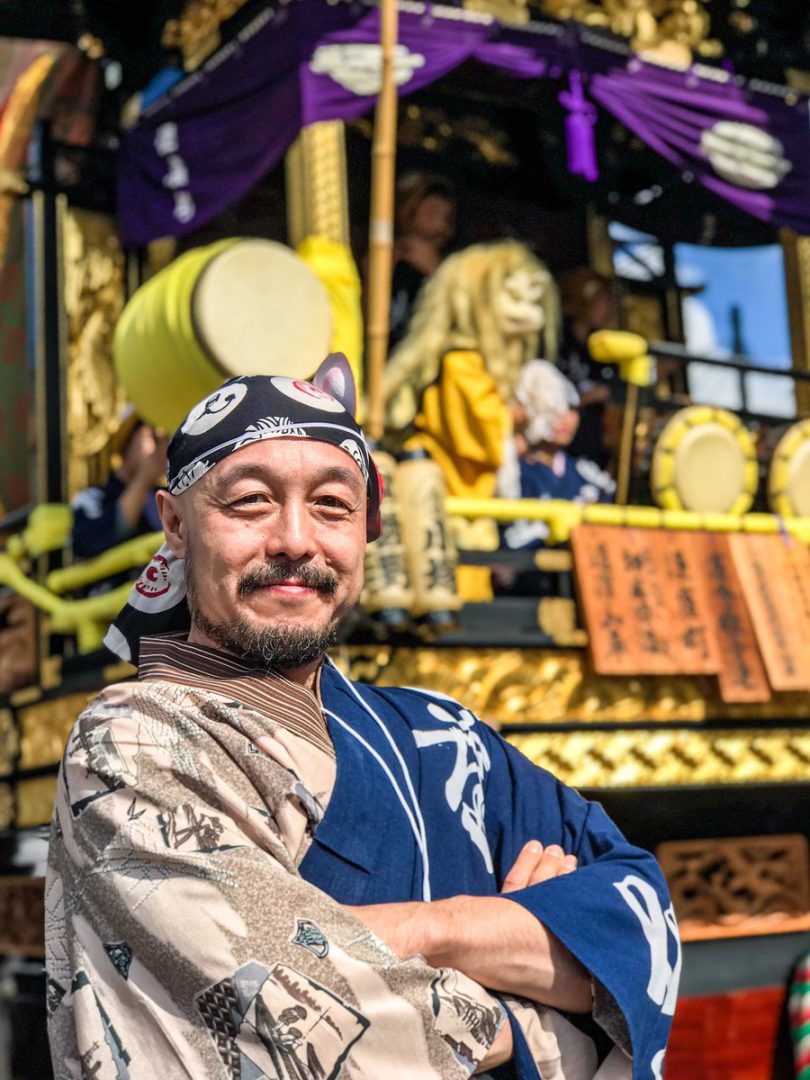
Picture: twitter
TMSIDR: You created a lot of game adaptations and I would like to know if you can manage to actually play through each of these games as a preparation or if you can watch the cutscenes from the studios to compare? How does the collaboration with the anime studio look like (see above)?
Kishi: First of all, regarding whether I play all the games. Yes, definitely, I’m playing through all of them and I’m also a fan of the games in general and before I get such an offer, I have usually already completed the game. The answer to the second part varies from project to project, but in my case, I work very well with the game studios. At least in my projects, I am always cooperating with the game companies. Thus, I can really say that my projects are almost the official version. The anime adapting these games are not based on our ideas alone, but are made in collaboration with the game companies.
Tabimonogatari: A related question: If games or even visual novels are adapted, e.g. Danganronpa as a game, there is so much gameplay over several hours, routes and decision trees, and anime is quite a different format with no interaction, limited length of time, so it is hard to decide how it will be adapted. How do you do approach this? Do you have any strategy, which scenes you have to cut or do you do that emotionally, keeping those that you liked the most?
Kishi: To stick with the example of Danganronpa, there were not that many substories, not so many branches in the story. It is actually a relatively linear story and it is not that interactive. Games I used to adapt to animes are not so incredibly interactive, so neither P3 [Persona 3], nor P4. Yes, of course, there are sometimes sub-stories, but the focus is actually to animate the main story attractively first, to build up the plot and then you can see quite well how the way to go is. If after setting the basic storyline capacities are still available, I look at which substories are popular and how they can then be incorporated into the main story. At P4 you can see that quite clearly.
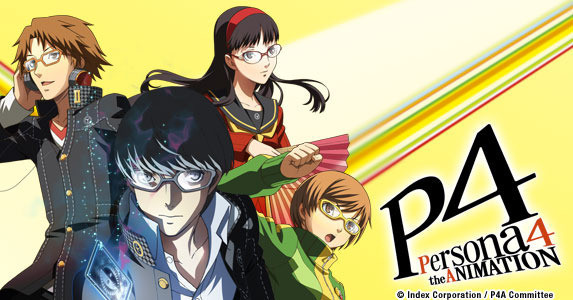
TMSIDR: I would like to know if you prefer to work on original anime, e.g. Yuuki Yuuna wa Yuusha de aru or if you sometimes find an adaptation quite exciting, because then you already have some context and maybe you are a fan yourself? Or whether variation is important?
Kishi: I like both! The working method changes, depending on whether it is an original or an adaption. As I said earlier, when I have make an adaption, it’s about preserving the original work as much possible and at the same time create value for making it an anime. In an original work, I can invent every aspect, which of course is a lot of fun. Both are fun and very good work.